Humans news stories

Experts reveal ‘cautious excitement’ over unstable particles that fail to decay as standard model suggests.
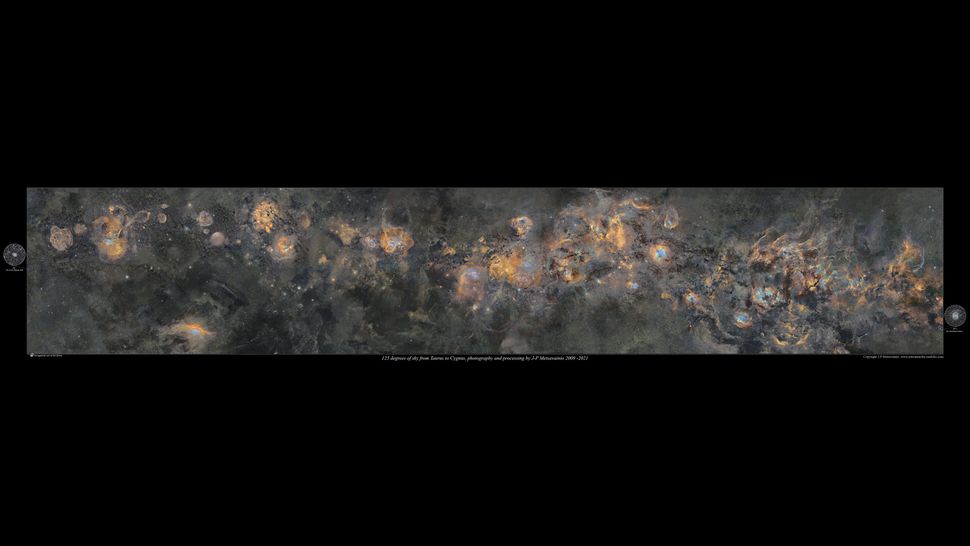
An eye-popping new image of the Milky Way took 12 years and 1,250 hours of photographic exposure to create.

Oregon is about to become the first state in the country to try to build a support infrastructure through which psychedelic mushrooms can be woven into everyday life.
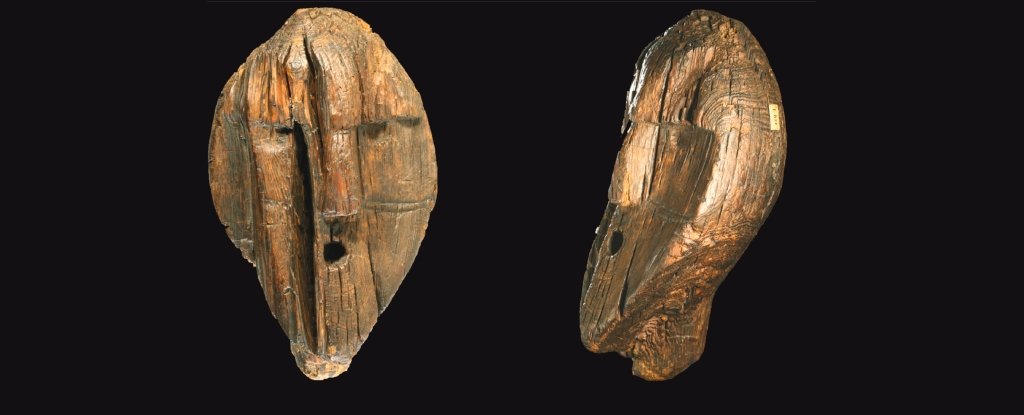
The further back in time you go, the sparser the archaeological record grows. Many materials used by humans – wood, leather, fabric – simply don’t last and are swallowed by Earth under the implacable march of time.
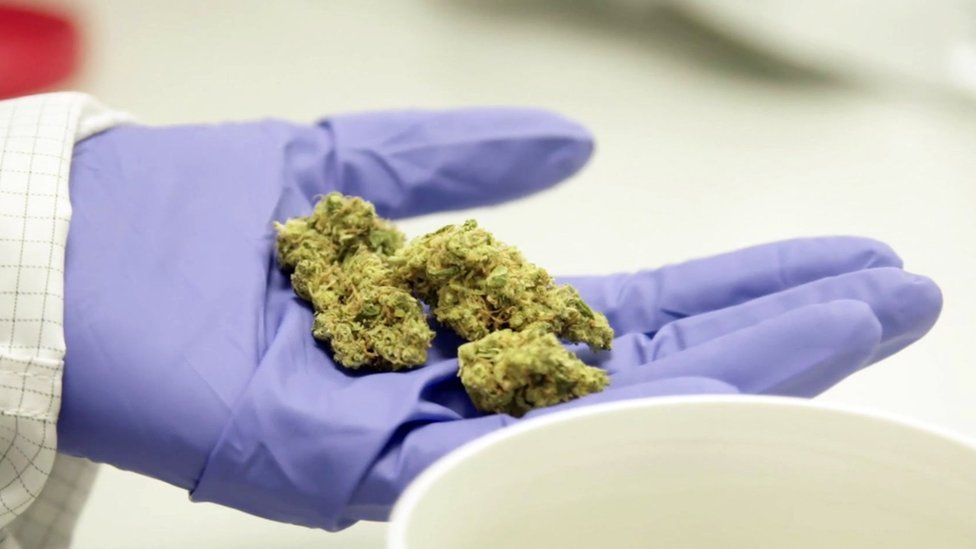
Sapphire Medical Clinic, located in Stirling, is the first medical cannabis clinic authorised by Healthcare Improvement Scotland (HIS) to provide safe access to medical cannabis for patients in Scotland.

For almost a decade, one lone mushroom was classified as an endangered species, and scientists say more could be in trouble.
Image from Sasata (Wiki Commons)

About 8500 years ago, hunter-gatherers living beside Eagle Lake in Wisconsin hammered out a conical, 10-centimeter-long projectile point made of pure copper.

As the fire dwindles in the hearth, a family picks through the remains of their feast, turning over the bones for any remaining flesh. It is about 3000BC in Skara Brae, a small neolithic settlement on the west coast of Orkney’s Mainland, Scotland.

Scientists in Denmark believe the psychedelic substance psilocybin might produce rapid and lasting antidepressant effects in part because it enhances neuroplasticity in the brain.
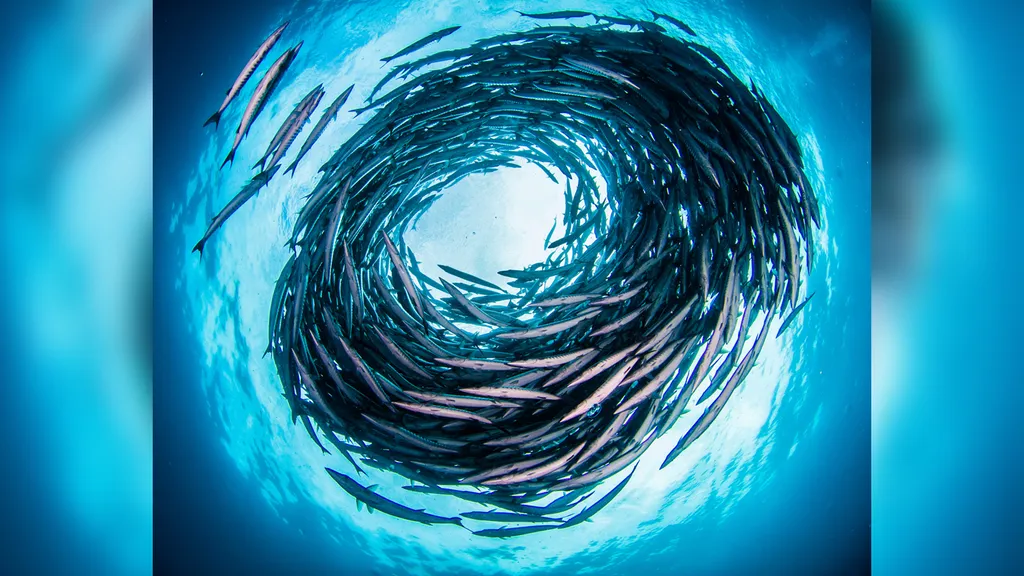
Fish school, insects swarm and birds fly in murmurations. Now, new research finds that on the most basic level, this kind of group behavior forms a new kind of active matter, called a swirlonic state.

As the Arctic warms much faster than everywhere else on the planet in response to climate change, the findings, published this week in the Proceedings of the National Academy of Sciences, may not only be a glimpse of the past but a snapshot of our potential future.

The use of magic mushrooms, ecstasy and other psychedelic drugs to treat mental illnesses, including depression and post-traumatic stress disorder, may be a step closer in Australia, with clinical trials given a $15m grant.

Six-millennia-old skeleton of child also unearthed during dig in Judean Desert by Israeli archeologists

Stop your sobbing – because scientists can do it for you. Using stem cells, Dutch researchers have grown miniature human tear glands capable of “crying”.
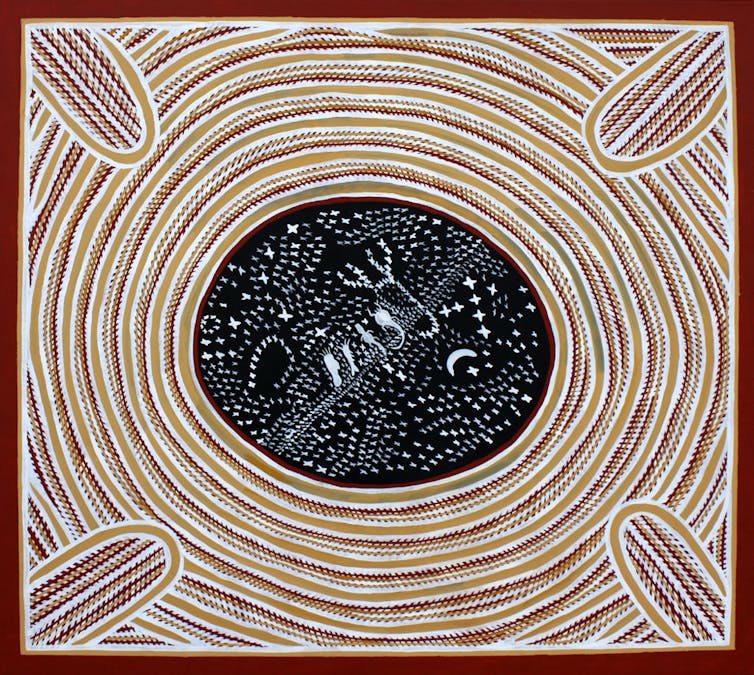
Four stars in the night sky have been formally recognised by their Australian Aboriginal names.

When Neanderthals, Denisovans and homo sapiens met one another 50,000 years ago, these archaic and modern humans not only interbred during the thousands of years in which they overlapped, but they exchanged ideas that led to a surge in creativity, according to a leading academic.








